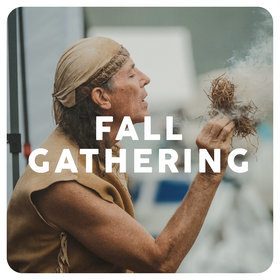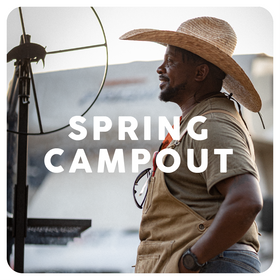
5 Easy Vitamin C Rich Wild Plants
Pine
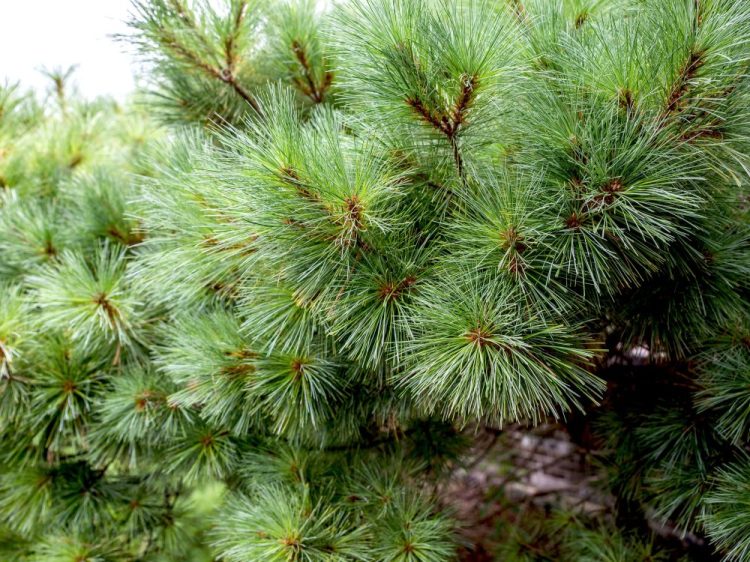
Members of the Pinus Genus contain vitamin C in their needles. You’ll need to gather approximately 500g of fresh, green pine needles to get the 175g daily recommended amount of ascorbic acid. Crush/chop/smash these needles to rupture the cell walls so vitamin C can escape into 1 quart of hot but NOT boiling water. Every minute above 184 °F causes loss of 10% to the crucial component. At boiling temperatures, the loss is over 20% per minute. Let the crushed needles steep in the water for 15-30 minutes, strain out the plant matter, let cool a bit more, then drink up! Available all year.
Wild Violets
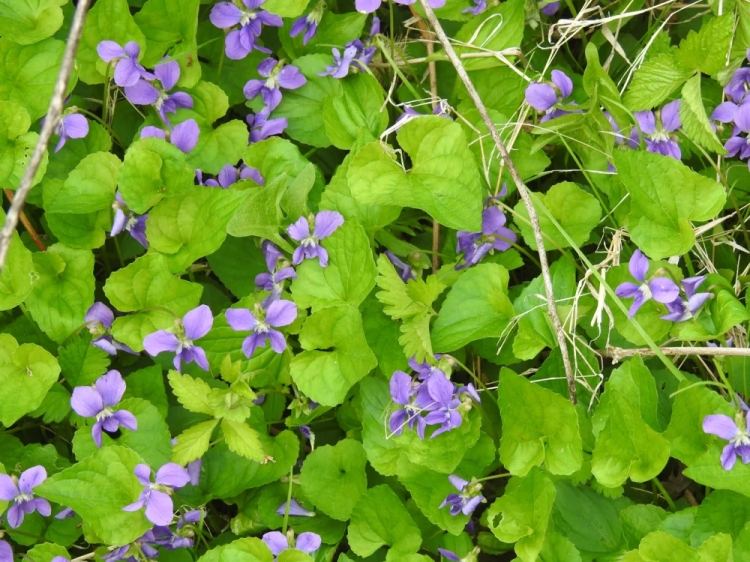
Our woodland Viola species are loaded with both vitamins A & C. It takes less than 200g of tasty wild violet leaves, eaten throughout the day, to give you all the vitamin C you’ll need. Look for wild violets in shaded, damp areas. The stem of each heart-shaped leaf goes down into the soil, where they then come together on a small, buried tuber. Depending on the specific species of Viola, its 5-petaled flowers may be violet, blue, purple, pink, or even white. Available spring through fall and even through light winter snow.
Wild Onions

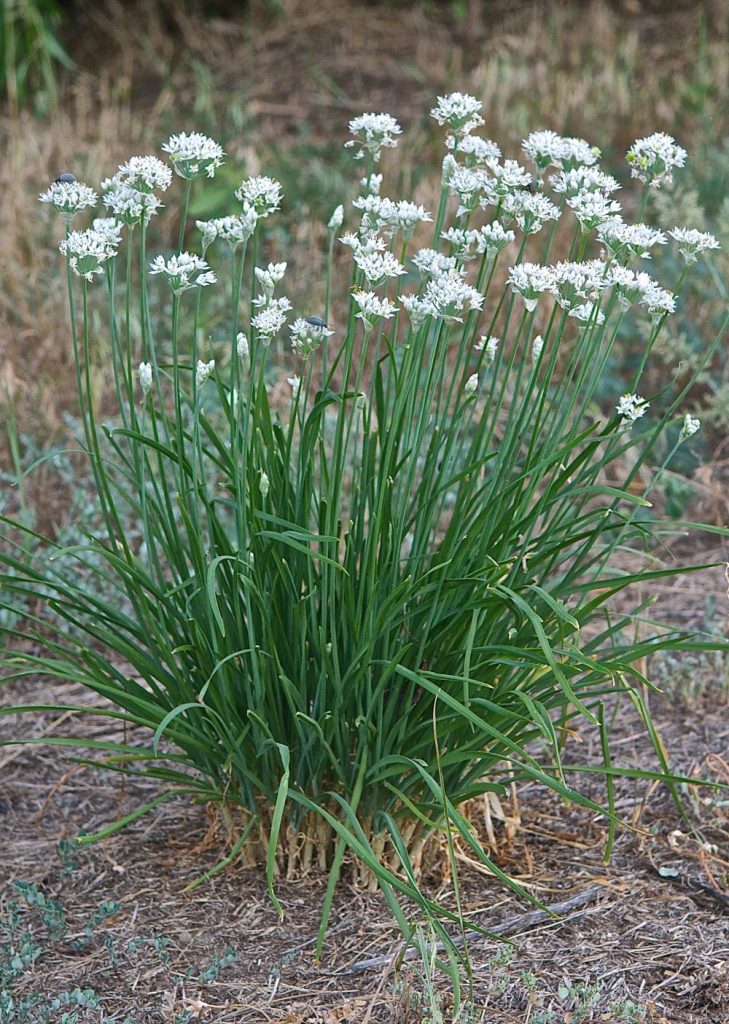
There are over 112 different wild onions (Allium species) in North America. If it looks like an onion/chive and smells like an onion, you have a wild onion. The smell is very important because there are 2-3 onion mimics which can be dangerous, but they lack an onion scent. You’ll need around 200g of wild onion “chives” and/or bulbs to supply your needs, but considering how tasty they are, that’s usually not a problem…unless someone is sharing a tent with you. Leaves are available in spring, but if you know how to find them, the bulbs are available all year.
Cleavers
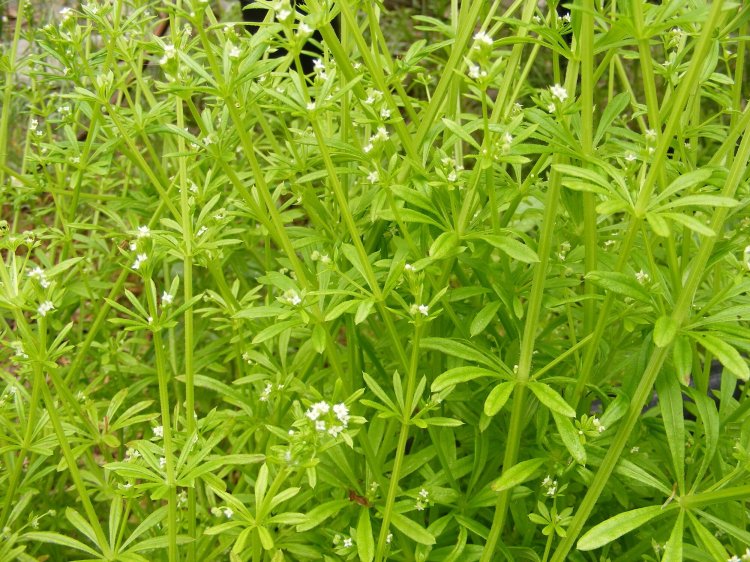
Most people really hate Galium aparine, aka Velcroweed, sticky weed, sticky Willy, and bedstraw. The stems, leaves, and seeds of this vine-like weed cling to fabric and fur alike, making it particularly hated by people with dogs, sheep, and horses. Take out your frustration on this annoying weed by crushing, smashing, and chopping it up about 200g and tossing them in a quart of hot water for 15-30 minutes. Strain them out, and you have all the vitamin C you need. Look for them once the coldest part of winter has passed, and into mid-summer.
Garlic Mustard
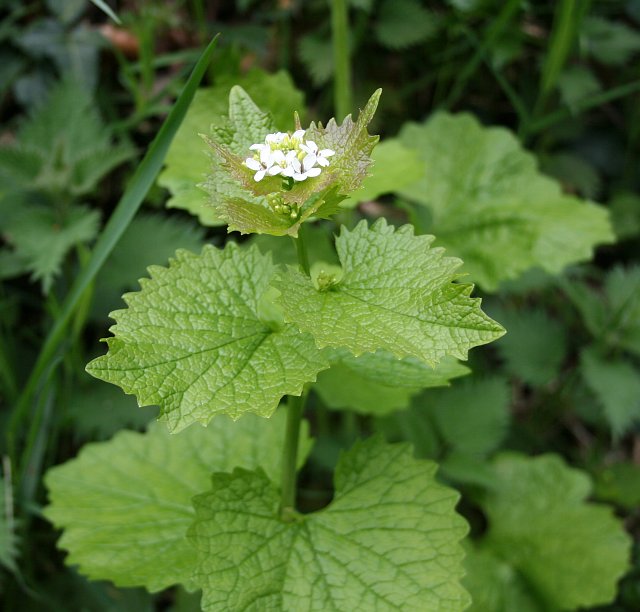
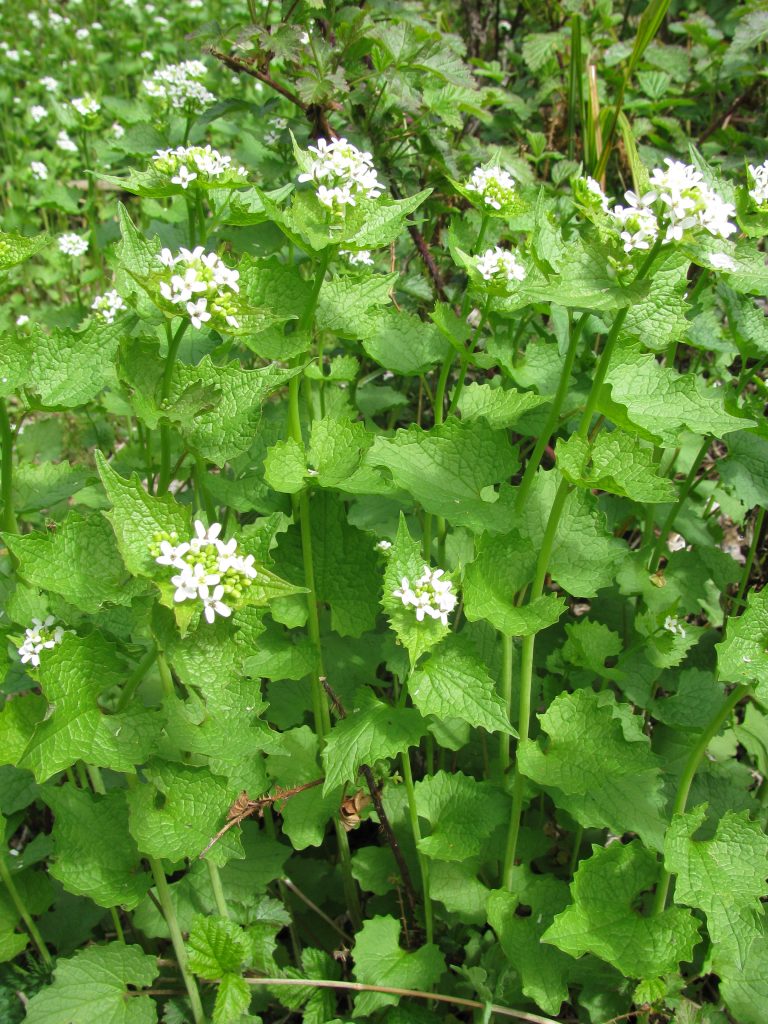
It only takes 100g of spicy Alliaria petiolate added to your meals throughout the day to get what you need. I almost wish it took more as this plant is a foreign, invasive weed choking out native plants, so the more you eat, the better the ecosystem will be. It produces kidney-shaped leaves in a rosette the first year and then a 3’ tall stalk with large, heart-shaped leaves in its second year. Flowers are small and white with four petals. Crushing the plant releases a garlicky scent. It is available all year except after hard frosts.
I recommend mixing and matching the edible parts of wild violets, wild onions, and garlic mustard in your meals. Also, combine different amounts of cleavers and pine needles in the teas. This reduces the impact on any one plant (though still pull up as much garlic mustard as you can!) and also keeps the flavors interesting.



